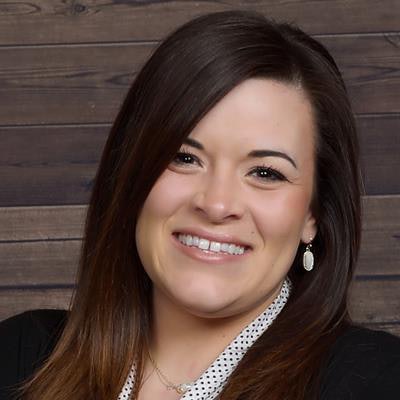
With the hustle and bustle in a dental practice, there is a continuing struggle around the referring process. It is easy for tunnel vision to set in once a referral need is determined. The doctor states a referral is needed, and the patient is dismissed to another team member. The focus is no longer just on the patient in the chair but also on the next patient waiting to be seen, running on time, and managing operations.
In the rush, communication is lost and patients fall between the cracks. Both the referring doctor and specialist, along with their teams, have their responsibilities to each other as well as to the mutual patient.
The reality
Your patients have chosen you as their provider. Your patients trust you. However, many general dentists do not offer specialty services within their practices. This means that when you make a referral to an outside specialist, patients have to leave their comfort zone for treatment.
 Jill Shue from Custom Dental Solutions.
Jill Shue from Custom Dental Solutions.Look at it from your patient's perspective: She is ushered out of the treatment room, handed a slip of paper and told to call a new, unfamiliar office -- often without follow-up instructions. The patient leaves your office knowing she needs to do something to further her care. Often patients either fail to follow through with the recommendations, or they call to schedule and are confused with their specific need.
If patients overcome those obstacles and have the treatment completed by the specialist, they often experience a lack of follow-up. Patients assume the general dentist's team will be in touch to take the next steps, but usually, in our experience, there is no communication back to the general practice.
When there is no communication, the patient then does not complete the necessary treatment and the likelihood of success drops. Patients are not aware that the two providers do not share records. When treatment is completed, we do not have a magic wand to wave to alert us to the patient's treatment progress. Treatment falls between the cracks. The patient falls between the cracks.
Provider's perspective
Often adequate information is not shared between the offices. If the referring practice's team fails to send the referral, notes, and images to the specialist team promptly, then the specialist's team must hunt down records. Seemingly endless calling and emailing between the offices asking for information becomes routine, and inefficiencies set in.
Once the specialist team has the necessary information to treat the patient, the team is then able to appoint and treat the patient appropriately. The specialist team then fails to communicate to the general team that the treatment has been completed and to instruct on the necessary healing times and follow-up needs.
The patient does not receive the best care, steps are missed, and care is delayed. In our experience, both offices vent their frustration and blame the other. When neither team takes responsibility for its part in the mutual patient's care, then the doctor-patient relationship is broken. The relationship between the two offices is also broken. No one wins.
Solution
We talk with our clients about taking a concierge team approach enhanced through teledentistry technology. This approach can offer your patients a warm introduction to the specialist and team and also continue the exceptional communication your team and you already offer throughout their treatment.
“Your patient and the specialist virtually meet via a teledentistry platform in your office.”
Your patient needs to visit a specialist. Your team communicates with the specialist's team members, informing them of the patient's diagnosis. Your office then sends the patient's images and provides the referring team a teledentistry appointment for the patient.
Your patient and the specialist virtually meet via a teledentistry platform in your office. A live video consultation puts the patient at ease and creates a rapport between all parties. The patient leaves the referring office with the specialist appointment scheduled. Now both care teams are aware of the patient's needs, enabling them to create a treatment plan together that best fits the patient's needs.
Once the patient receives the treatment, the specialist then communicates back to the referring team to inform of the next step and the general team continues the patient's care as determined. The key is communication. Both doctors and their teams must be in continual communication with one another.
Outcome
By creating systems to improve communication between the referring doctor and specialist, you close the gap. Your case acceptance may rise while your patient retention and satisfaction also increase. Your team benefits from a streamlined, secure exchange of clinical data. The patient receives the best experience and care that both the referring and specialty teams have to offer.
Don't just be a good specialist or a good referring doctor. When you close the gaps, you'll be successful for your team, your colleagues, and your patients.
Jill Shue is the administrative and insurance lead trainer for Custom Dental Solutions. She can be reached at [email protected].
The comments and observations expressed herein do not necessarily reflect the opinions of DrBicuspid.com, nor should they be construed as an endorsement or admonishment of any particular idea, vendor, or organization.



















